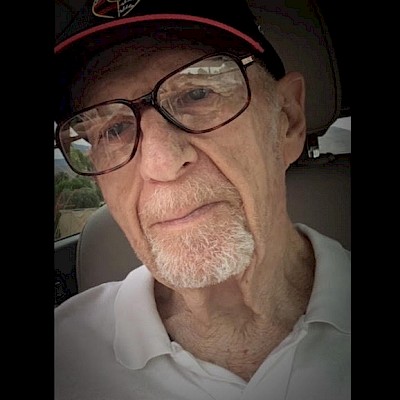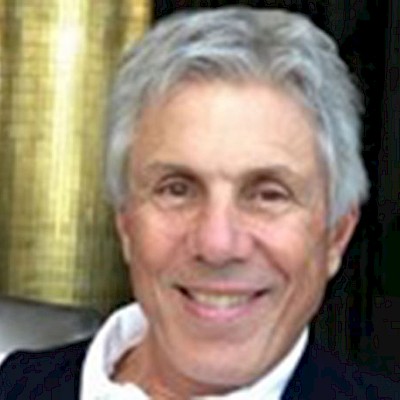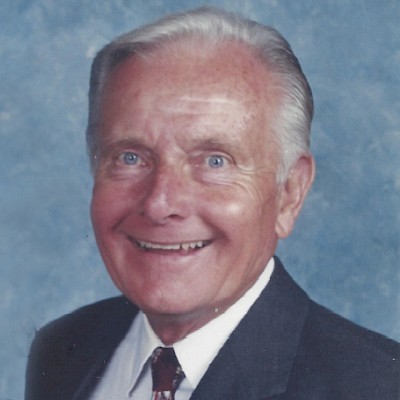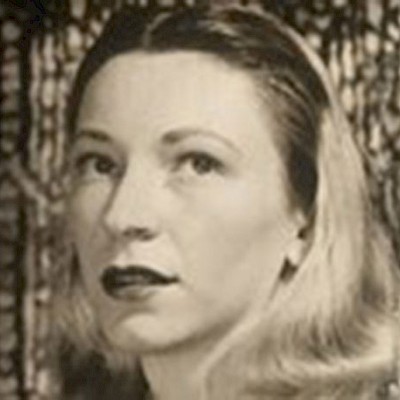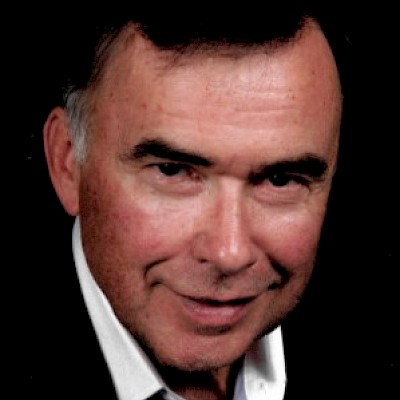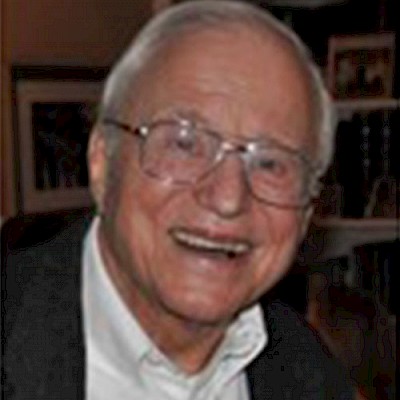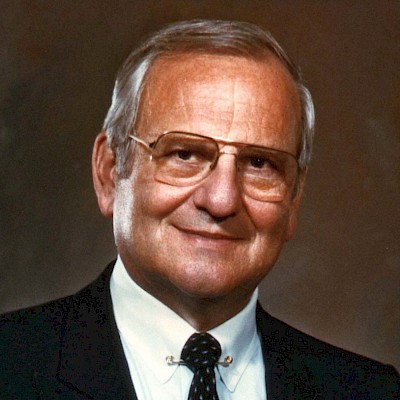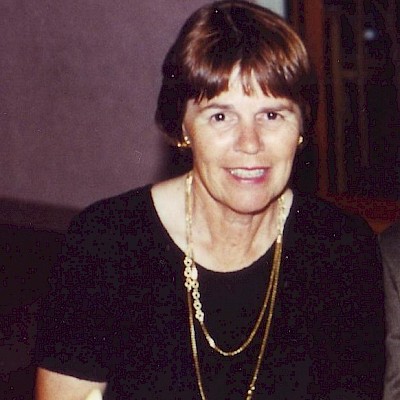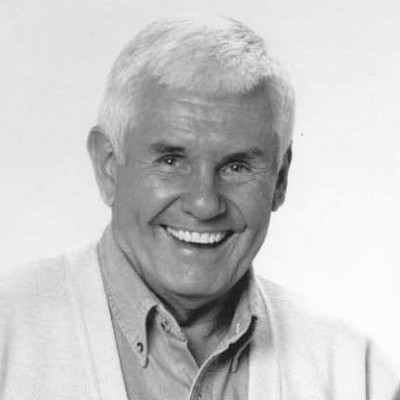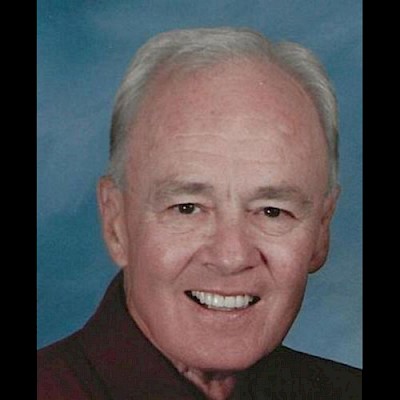
Edman Ray Ross
Los Angeles - Ed passed away peacefully on September 23, 2019. He was born on January 15, 1940, in Kansas City, Missouri, to Ray and Reva Ross. He grew up in Kansas City, Kansas until he was 11, before moving with his mother to Los Angeles in 1951. He graduated from L.A. High School and went on to L.A. City College where he was a member of the college wrestling team. In 1960, he enlisted in the U.S. Marine Corps where he proudly served for 4 years. He was stationed at El Toro, CA and Kaneohe Marine Air Base at Oahu, Hawaii. He went on a six-month cruise aboard an attack aircraft carrier (USS Oriskany) while assigned to VMF 232 fighter squadron. In 1964, he joined the Los Angeles Police Department where he worked many different assignments before retiring in 1985. For years, he was a key competitor in the Police Olympics in handball and then racquetball. 1986, he joined the Orange County District Attorney's Office as an investigator before retiring in 2002 as a Supervising investigator. He met his lovely wife, Donna, on a Caribbean cruise and they were wed in 1979. They greatly enjoyed going on cruises, taking various trips and seeing shows in Las Vegas. In 2002, they moved to the Del Webb Sun City Palm Desert community. Even after many years, they loved their "desert paradise" and always felt this was home. Ed joined various service committees where he met a lot of wonderful people who volunteered their time to help other residents. He joined the Racket Club where he played paddle tennis and tennis and joined two Putters golf clubs where he played in Sun City tournaments.
This smart, witty, humble man was a hero and inspiration to many. Ed was truly an exceptional person, admired and loved by all. May his soul rest in God's eternal peace.
He is survived by his wife, Donna and brother-in-law, Gil (Jeanne) Scarnecchia of Laguna Niguel, CA, and his nieces and nephews, Shawn (Chris) Merto, Mollie (Brandon) McCullough, and Jake Scarnecchia, Brad, Wes and Alex (Ashley) King and numerous family and friends.
Visitation is from 3:00 to 7:00 pm (Rosary at 5:30 pm) Sunday, October 13 at Forest Lawn Ramon Chapel in Cathedral City, CA. Church services will be held Monday, October 14 at 10:00 am at St. Francis of Assisi Church in La Quinta, CA. Burial will be on Tuesday, October 15 at 10:30 am at Forest Lawn Ascension Gardens in Cypress, CA.
•
Remembering Edman Ray Ross
Use the form below to make your memorial contribution. PRO will send a handwritten card to the family with your tribute or message included. The information you provide enables us to apply your remembrance gift exactly as you wish.

